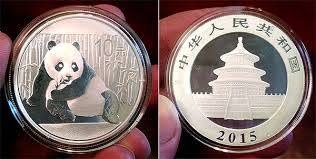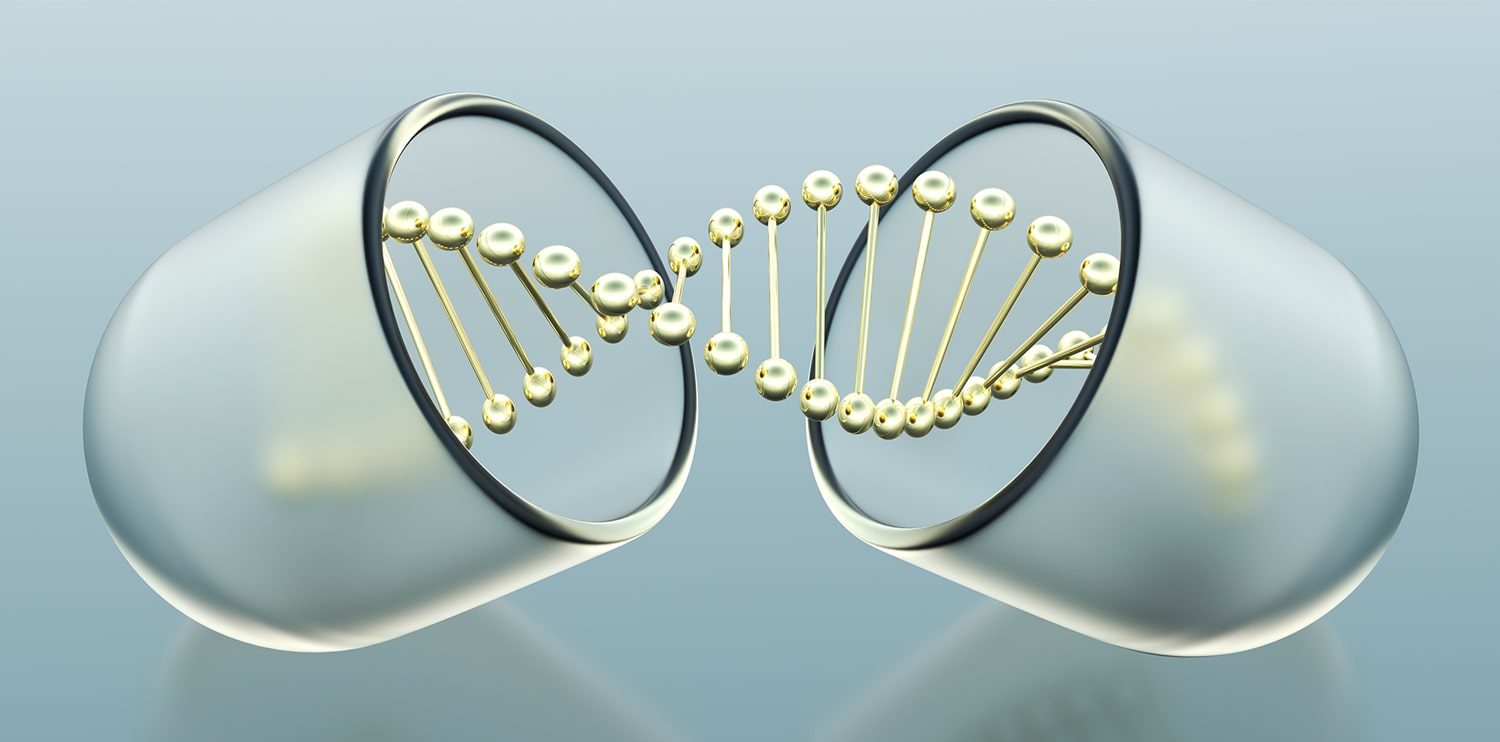As we covered in one of our previous articles, some precious metals are crucial to make everyday items like household appliances and devices, cars and more. However, these metals also play a crucial role in the healthcare system and our health with well-documented healing applications and diet. From creating new blood cells to triggering enzymes, they are vital to our existence.
From simple and common headaches or back pain, metal complexes in traditional and alternative medicine have many benefits for our bodies. They are present in most stapled over-the-counter medications, such as Aspirin and Ibuprofen.
METALS FOR YOUR BODY
For most medical applications, you will find metals such as Sodium, Potassium, Magnesium, Copper, Vanadium, Chromium, Manganese, Iron, Cobalt, Nickel, Zinc, Molybdenum, and Cadmium, also called soft metals and act as a cofactor or prostheses in enzymes and catalyze specific reactions.
Metals provide an infinite amount of health possibilities which is an ongoing scientific and health research subject:
Outside the common, the metal content of your aspirin and ibuprofen, metals such as Iron, Zinc, Silver, Platinum and even Gold as used with specific health applications and assist humans in overcoming some of the most severe diseases.
Iron
The most crucial soft metal for our bodies and medical applications is extracted from iron ore. While the average person consumes 8 to 18 mg of iron daily, in some cases, more iron may need to be added to the diet. For example, iron supplements treat low blood levels caused by pregnancy, poor diet, blood loss, or the inability to absorb iron.
Zinc
Found in every tissue of our body, it is often referred to as a “trace element” since only a tiny amount of Zinc is required to support a healthy lifestyle. Zinc at the therapeutic level is used to treat several severe conditions, such as Crohn’s disease, Down syndrome, Hansen’s disease, Alzheimer, Ulcerative colitis or inflammatory bowel, ADHD, and loss of taste.
Research has also shown that Zinc can stimulate the activity of at least 100 different enzymes in the body, preventing additional risks associated with these diseases.
Platinum
Since the early 1970s, platinum has been used in various drugs and tools because of its density and malleability, which are critical for making pacemakers, catheters, stents and even cancer treatments.
According to the International Journal of Cancer Research and Therapy, more than 50% of cancer drugs use platinum-based. Cisplatin and its successor, carboplatin, also use platinum complexes to treat common tumours such as breast, ovarian, and lung cancers.
Despite the remarkable advances in medicine for these healthy metals, there is still greater demand for their applications in other industries.
Silver
In the late 1800s, homeowners in Duluth, Minnesota, took advantage of the antimicrobial properties of silver that are still used in modern medicine. Silver exerts its antibacterial effects when silver ions bind to and disrupt protective microbial cell membranes, inhibiting enzymes needed for survival inside the microbe’s cells and disrupting DNA replication required for microbial reproduction.
Silver is a broad-spectrum antimicrobial agent against various microorganisms, including bacteria and fungi. It is also used in topical formulations to provide antimicrobial protection during wound healing.
Bandages embedded with silver particles, such as Actisorb, are also manufactured as wound dressings. Silver medical devices (surgical instruments, needles, doorknobs, etc.) are increasingly used in hospitals to prevent the spread of the “superbug” MRSA. In addition, topical prescription medications such as silver sulfadiazine can prevent infections in people with severe burns.
Gold
For about 75 years, Gold supplements have been one of the first treatments for rheumatoid arthritis and are still used today. Rheumatoid arthritis is an autoimmune disease that causes chronic inflammation and pain in the affected joints. Gold has anti-inflammatory properties that help reduce joint inflammation and pain; in addition, some scientists believe that gold can also alter autoimmune responses and slow disease progression. Gold is very effective in treating RA symptoms but has largely been replaced by newer, better tolerated, and more conventional medications.
In addition, scientists have recently discovered an exciting new way to deliver cancer drugs to patients. They are called “gold nanoshells,” and these are seen with good eyes by the scientific community because they have the potential to better attack cancer cells without attacking healthy cells in patients. In other words, it is better at killing cancer cells and has fewer side effects. How scientists make these gold nanoshells that target tumour cells is complicated and, frankly, beyond my imagination. But once they’re made, they’re given to patients, given time to attach to cancer cells, and then exposed to infrared light that destroys tumour cells but not other healthy cells around them. This is a new medical technology, and the therapy is undergoing clinical trials.
MEDICAL EQUIPMENT
Metals are very much involved in the medical tooling aspect of healthcare to keep us living longer.
Titanium
The most commonly used metal in medical devices, especially inside the human body. It resists corrosion and bonds to human bones, offering a lower risk of rejection than any other metal. The metal can be used in implanted devices that deliver drugs, control heart function and provide nerve stimulation without interfering with CT scans or MRIs. Titanium is also ideal for surgical instruments such as Lasik ophthalmic surgical devices, forceps, drills, retractors and needle holders.
Tantalum
It is prevalent and highly corrosion-resistant, making it ideal for permanent bone implants. This metal has been used in the medical industry for over 50 years. It is commonly used in stents and vascular strips to prevent arteries from collapsing. Tantalum is also compatible with MRI.
Copper and Brass
It is used to transmit signals to diagnostic instruments and smaller implants. Copper also has antibacterial and antibacterial properties that make it excellent in hospital settings, sheets and gowns, reducing infection rates.
Nitinol
It can be made at one temperature and then moulded into smaller shapes at a different temperature for insertion into the body. Body heat then causes the metal to expand to its original size. This makes it ideal for stents, implants, staples and bone anchors. It could also be used in devices that rewire the gut and locate breast tumours.
Precious metals are involved in so many aspects of our lives. They could be emotionally appealing or act as financial support. They still perform a wide range of functions that keep us alive and maintain a healthier lifestyle. Now move on and check out the Investment Products we have for you to have an even more prosperous financial life.


